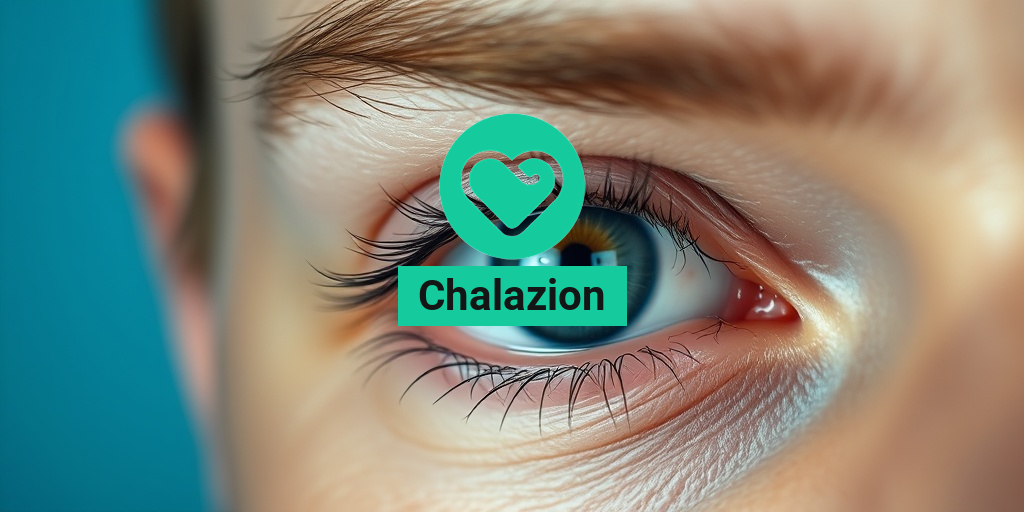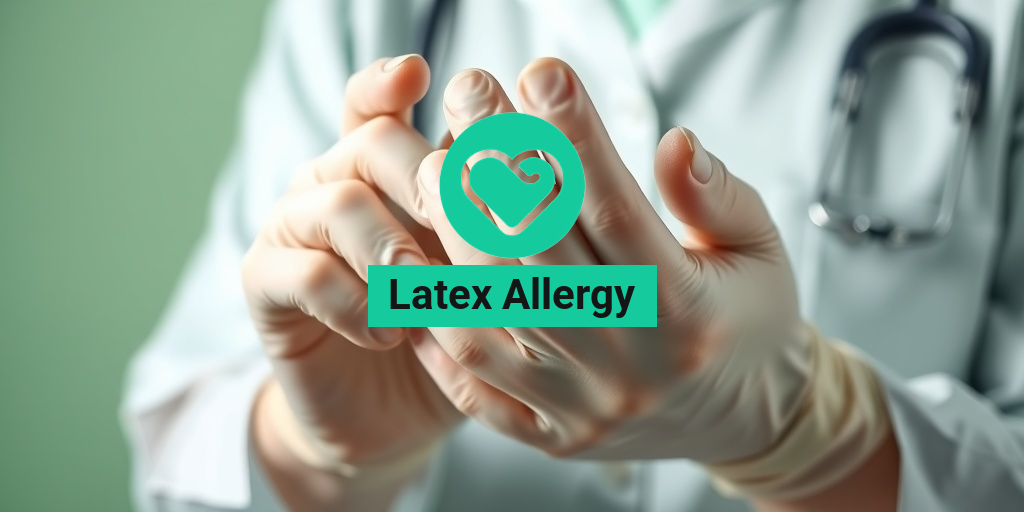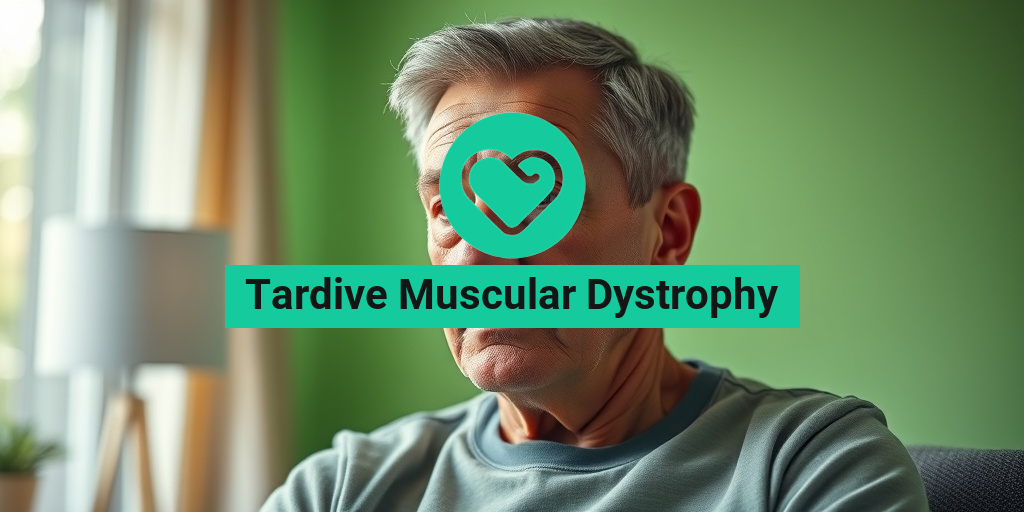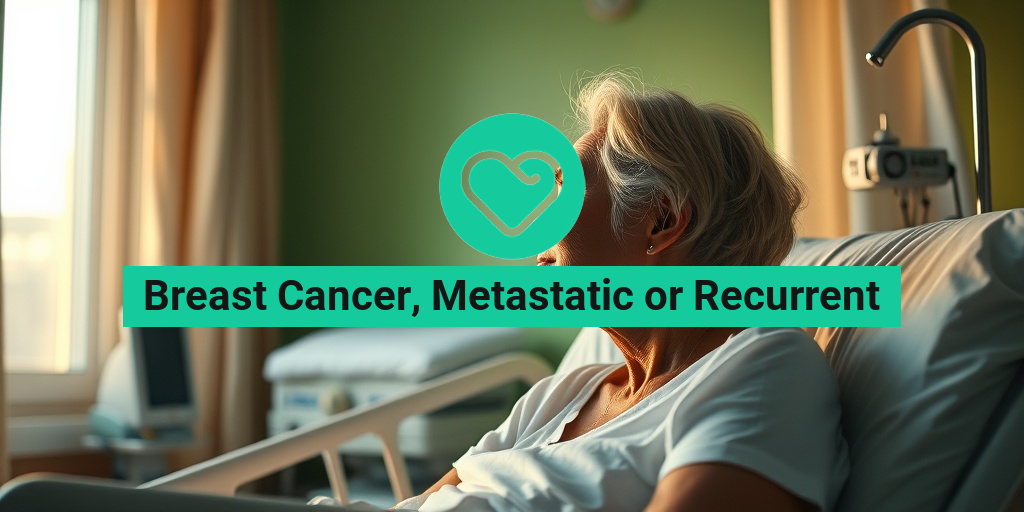What Is Chalazion?
A chalazion is a common eyelid condition characterized by a small, painless lump that forms due to the blockage of an oil gland in the eyelid. These glands, known as meibomian glands, are responsible for producing the oily layer of tears, which helps keep the eyes lubricated. When one of these glands becomes clogged, it can lead to the formation of a chalazion.
Chalazia can occur in people of all ages and are often confused with other eyelid conditions, such as a stye. However, while a stye is typically painful and caused by an infection, a chalazion is usually painless and results from a non-infectious blockage. Understanding the differences between a chalazion vs stye is crucial for proper diagnosis and treatment.
Causes of Chalazion
The primary cause of a chalazion is the blockage of the meibomian gland. Several factors can contribute to this blockage, including:
- Skin conditions: Conditions like acne or seborrheic dermatitis can increase the likelihood of developing a chalazion.
- Allergies: Allergic reactions can lead to inflammation and blockage of the oil glands.
- Poor eyelid hygiene: Not cleaning the eyelids regularly can result in the accumulation of debris and oils, leading to blockages.
- Chronic blepharitis: This condition, characterized by inflammation of the eyelid margins, can also contribute to chalazion formation.
Chalazion Symptoms
Recognizing the symptoms of a chalazion is essential for timely treatment. The most common symptoms include:
- Painless lump: The most noticeable symptom is a small, firm lump on the eyelid that is usually painless.
- Swelling: The area around the chalazion may become swollen, leading to discomfort or irritation.
- Redness: In some cases, the eyelid may appear red or inflamed.
- Blurred vision: If the chalazion grows large enough, it can press against the eyeball, causing temporary blurred vision.
When to Seek Medical Attention
While chalazia are generally harmless and often resolve on their own, there are instances when medical attention is necessary. You should consult a healthcare professional if:
- The chalazion persists for more than a few weeks.
- It becomes painful or shows signs of infection, such as increased redness, warmth, or discharge.
- You experience significant changes in vision.
For those seeking more information on chalazion treatment options, including chalazion removal and chalazion surgery, resources like Yesil Health AI can provide evidence-based health answers tailored to your needs.
Conclusion
In summary, a chalazion is a common eyelid condition that can be easily mistaken for other issues. Understanding its symptoms and causes can help you manage it effectively. If you notice any persistent symptoms or complications, don’t hesitate to seek medical advice. Remember, maintaining good eyelid hygiene and addressing underlying skin conditions can significantly reduce the risk of developing a chalazion. 🌟
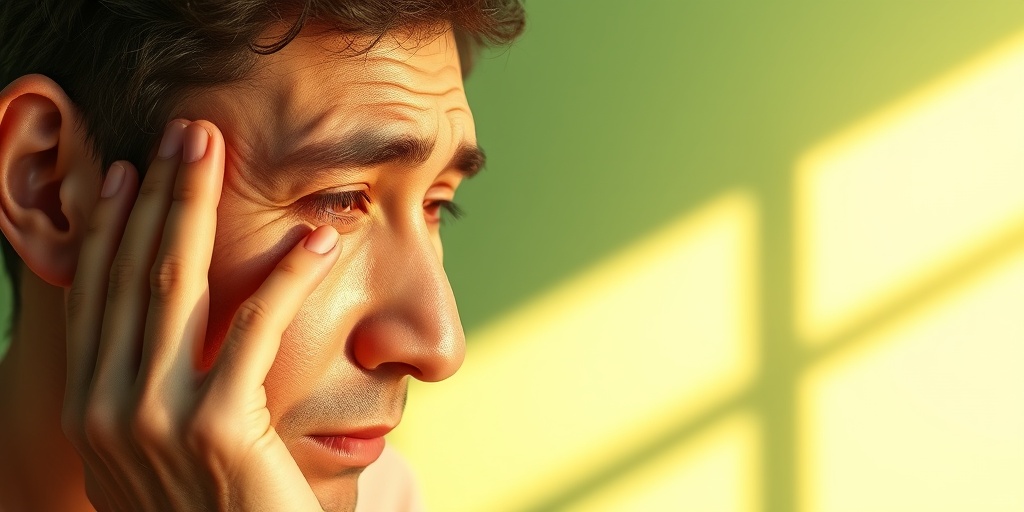
Chalazion Causes
A chalazion is a common eyelid condition that occurs when one of the small oil glands in the eyelid becomes blocked. Understanding the causes of a chalazion can help you prevent its occurrence and manage symptoms effectively. Here are the primary causes:
Blocked Oil Glands
The most prevalent cause of a chalazion is the blockage of the meibomian glands, which are responsible for producing oil that lubricates the eye. When these glands become clogged, the oil builds up, leading to inflammation and the formation of a chalazion. This blockage can occur due to:
- Excessive oil production: Overactive glands can produce more oil than necessary, increasing the likelihood of blockages.
- Thickened oil: If the oil produced is too thick, it may not flow properly, leading to blockages.
- Inadequate eyelid hygiene: Poor hygiene can contribute to the accumulation of debris and bacteria, which can block the glands.
Inflammation and Infection
Sometimes, a chalazion can develop following an eyelid infection or inflammation, such as a stye. A stye is a painful lump that forms on the eyelid due to an infection of the hair follicles or oil glands. If the stye does not heal properly, it can lead to the formation of a chalazion. Understanding the difference between a chalazion vs stye is crucial, as they have different causes and treatment approaches.
Skin Conditions
Certain skin conditions can also contribute to the development of a chalazion. Conditions such as seborrheic dermatitis, rosacea, and eczema can cause inflammation and blockage of the oil glands, increasing the risk of chalazion formation.
Other Contributing Factors
In addition to the primary causes mentioned, several other factors can contribute to the development of a chalazion:
- Age: Chalazia are more common in adults than in children.
- Contact lens wear: Improper hygiene while handling contact lenses can lead to infections and blockages.
- Allergies: Allergic reactions can cause inflammation of the eyelids, increasing the risk of chalazion.
Chalazion Risk Factors
While anyone can develop a chalazion, certain risk factors can increase your likelihood of experiencing this condition. Being aware of these factors can help you take preventive measures.
Age and Gender
Chalazia are more frequently observed in adults, particularly those between the ages of 30 and 50. Additionally, some studies suggest that women may be at a slightly higher risk than men, possibly due to hormonal changes that can affect oil gland function.
Underlying Health Conditions
Individuals with certain health conditions may be more prone to developing chalazia. These include:
- Chronic skin conditions: As mentioned earlier, conditions like rosacea and seborrheic dermatitis can increase the risk.
- Diabetes: People with diabetes may have a higher incidence of skin infections and inflammation, leading to chalazia.
- Immune system disorders: Conditions that compromise the immune system can make it harder for the body to fight off infections, increasing the risk of chalazion formation.
Poor Eyelid Hygiene
Maintaining proper eyelid hygiene is crucial in preventing chalazia. Individuals who do not regularly clean their eyelids or who have a habit of touching their eyes with unwashed hands are at a higher risk. Regularly washing the eyelids with a gentle cleanser can help reduce the risk of blockages.
Environmental Factors
Environmental factors such as exposure to dust, smoke, and allergens can irritate the eyes and eyelids, potentially leading to inflammation and chalazion development. If you work in a dusty environment or are frequently exposed to irritants, taking precautions such as wearing protective eyewear can be beneficial.
In summary, understanding the causes and risk factors associated with chalazia can empower you to take proactive steps in maintaining your eye health. If you notice any symptoms of a chalazion, such as swelling or discomfort in the eyelid, it’s essential to consult with a healthcare professional for appropriate management and treatment options. 🩺👁️
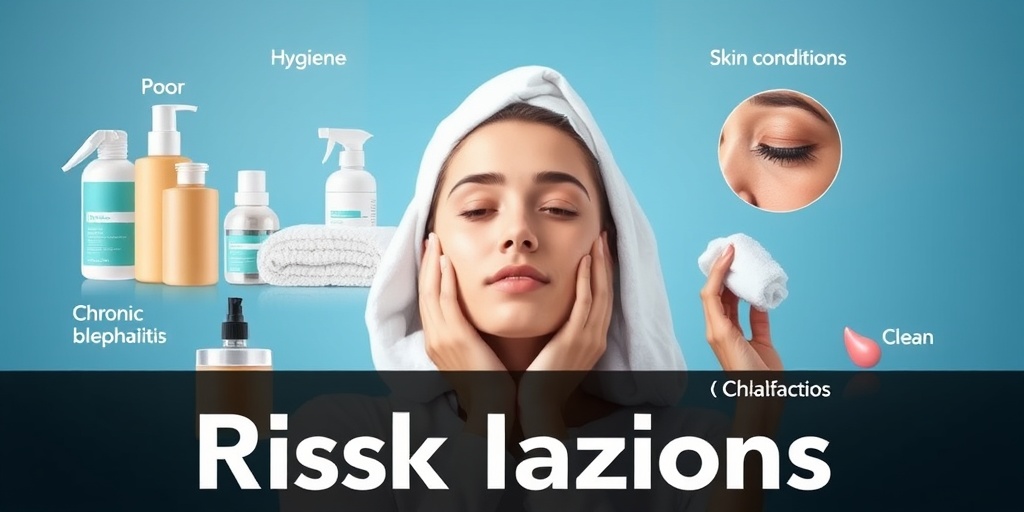
Chalazion Diagnosis
A chalazion is a common eyelid condition that occurs when a meibomian gland becomes blocked, leading to a localized swelling. Diagnosing a chalazion typically involves a thorough examination by a healthcare professional. Here’s what you can expect during the diagnosis process:
Initial Consultation
During your initial visit, your doctor will ask about your symptoms, medical history, and any previous eye conditions. It’s important to provide detailed information, as this can help in making an accurate diagnosis. Common symptoms of a chalazion include:
- Painless swelling on the eyelid
- Redness or irritation around the area
- Blurred vision if the chalazion is large enough to press against the eyeball
Physical Examination
Your doctor will perform a physical examination of your eyelids. They will look for signs of swelling and may gently palpate the area to assess the size and consistency of the lump. In most cases, a chalazion can be diagnosed based on its appearance and location.
Distinguishing from Other Conditions
It’s essential to differentiate a chalazion from other eyelid conditions, such as a stye or a hordeolum. A stye is typically painful and caused by an infection, while a chalazion is usually painless and results from a blocked gland. If there is any uncertainty, your doctor may recommend further tests, such as:
- Swab tests to check for infection
- Biopsy in rare cases to rule out other conditions
Understanding the diagnosis of a chalazion is crucial for effective treatment. If you suspect you have a chalazion, it’s best to consult with a healthcare professional for an accurate diagnosis and appropriate management. 🩺
Chalazion Treatment Options
Once diagnosed, there are several treatment options available for managing a chalazion. The choice of treatment often depends on the size of the chalazion, the duration of symptoms, and the presence of any complications. Here are the most common treatment options:
Home Remedies
For small chalazia, home remedies can be effective. Here are some methods you can try:
- Warm Compresses: Applying a warm compress to the affected eyelid for 10-15 minutes, several times a day, can help soften the blockage and promote drainage.
- Gentle Massage: After using a warm compress, gently massaging the area can help to encourage the gland to open.
- Good Hygiene: Keeping the eyelid area clean and avoiding touching or rubbing the eyes can prevent further irritation.
Medications
If home remedies do not provide relief, your doctor may prescribe medications. These can include:
- Topical Antibiotics: If there is a risk of infection, antibiotic ointments may be prescribed.
- Oral Medications: In some cases, oral antibiotics or anti-inflammatory medications may be recommended to reduce swelling and discomfort.
Medical Procedures
If a chalazion persists despite conservative treatment, or if it causes significant discomfort or vision problems, medical procedures may be necessary. These include:
- Incision and Drainage: A healthcare professional can perform a minor surgical procedure to drain the chalazion. This is usually done under local anesthesia and is effective in providing relief.
- Injection of Steroids: In some cases, a corticosteroid injection may be administered to reduce inflammation and promote healing.
When to Seek Help
If you notice a lump on your eyelid that does not improve with home treatment, or if you experience worsening symptoms such as pain, redness, or vision changes, it’s important to seek medical attention. Early intervention can prevent complications and ensure a quicker recovery. 🏥
In summary, while a chalazion can be bothersome, there are effective treatment options available. Whether you opt for home remedies or seek professional help, understanding your options is key to managing this condition successfully.
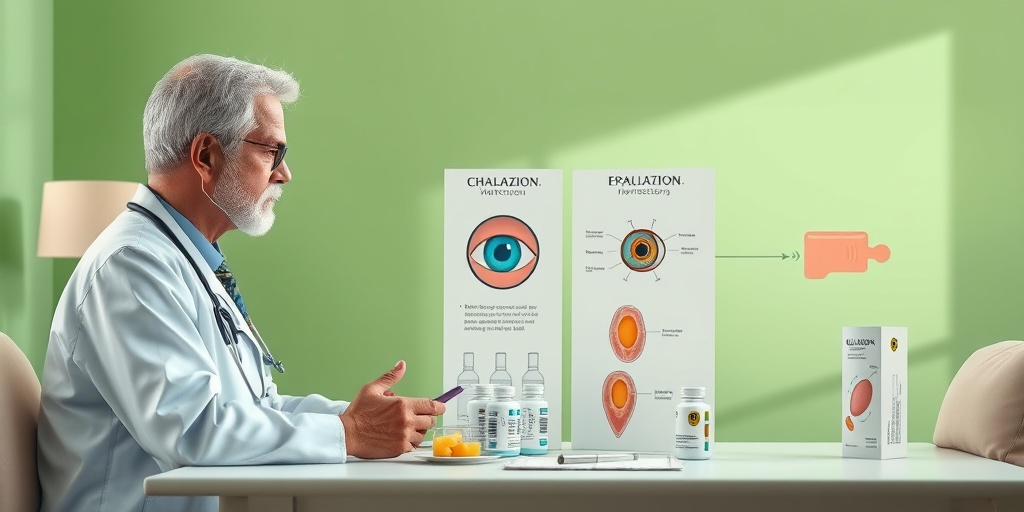
Chalazion Home Remedies
A chalazion is a common eyelid condition that occurs when a meibomian gland becomes blocked, leading to a swollen bump on the eyelid. While medical treatment is often necessary, there are several effective home remedies that can help alleviate symptoms and promote healing. Here are some popular options:
Warm Compresses
One of the simplest and most effective home remedies for a chalazion is the use of warm compresses. The heat helps to soften the hardened oil blocking the gland, allowing it to drain more easily.
- Soak a clean cloth in warm water.
- Wring out excess water and place the cloth over the affected eyelid.
- Leave it on for about 10-15 minutes, repeating this process 3-4 times a day.
Gentle Massage
After applying a warm compress, gently massaging the area can help to promote drainage. Use your clean fingertip to apply light pressure around the chalazion.
- Start from the outer edge of the bump and move towards the center.
- Be careful not to apply too much pressure, as this can cause discomfort.
Tea Bags
Using tea bags, especially green or black tea, can also be beneficial due to their anti-inflammatory properties. The tannins in tea can help reduce swelling and promote healing.
- Steep a tea bag in hot water for a few minutes.
- Allow it to cool slightly, then place it on the affected eyelid for 10-15 minutes.
- Repeat this process 2-3 times a day.
Essential Oils
Some essential oils, like tea tree oil, have antibacterial properties that may help with chalazion. However, it’s crucial to dilute them properly before application.
- Mix a few drops of tea tree oil with a carrier oil (like coconut oil).
- Apply a small amount to the chalazion using a cotton swab.
- Do this once a day until the chalazion improves.
Over-the-Counter Pain Relief
If you’re experiencing discomfort, over-the-counter pain relievers such as ibuprofen or acetaminophen can help manage pain and reduce inflammation. Always follow the recommended dosage on the packaging.
Chalazion Prevention Tips
Preventing a chalazion is often easier than treating one. Here are some effective tips to help you avoid this pesky eyelid condition:
Maintain Good Eyelid Hygiene
Keeping your eyelids clean is essential for preventing blockages in the meibomian glands. Here are some hygiene tips:
- Wash your eyelids daily with a gentle cleanser or eyelid scrub.
- Remove all makeup before going to bed.
- Avoid touching your eyes with dirty hands.
Manage Skin Conditions
If you have skin conditions like rosacea or seborrheic dermatitis, managing these can help reduce the risk of developing a chalazion. Consult with a dermatologist for appropriate treatment options.
Stay Hydrated
Drinking plenty of water helps maintain overall skin health, including the skin around your eyes. Aim for at least 8 glasses of water a day to keep your skin hydrated and functioning properly.
Limit Eye Makeup Use
While makeup can enhance your appearance, it can also contribute to clogged glands. Consider limiting the use of eye makeup, especially if you are prone to chalazia.
Regular Eye Check-Ups
Regular visits to an eye care professional can help catch any potential issues early. They can provide personalized advice and treatment options to keep your eyes healthy.
By following these home remedies and prevention tips, you can effectively manage and reduce the risk of chalazion. Remember, if symptoms persist or worsen, it’s essential to consult a healthcare professional for further evaluation and treatment. 🩺👁️
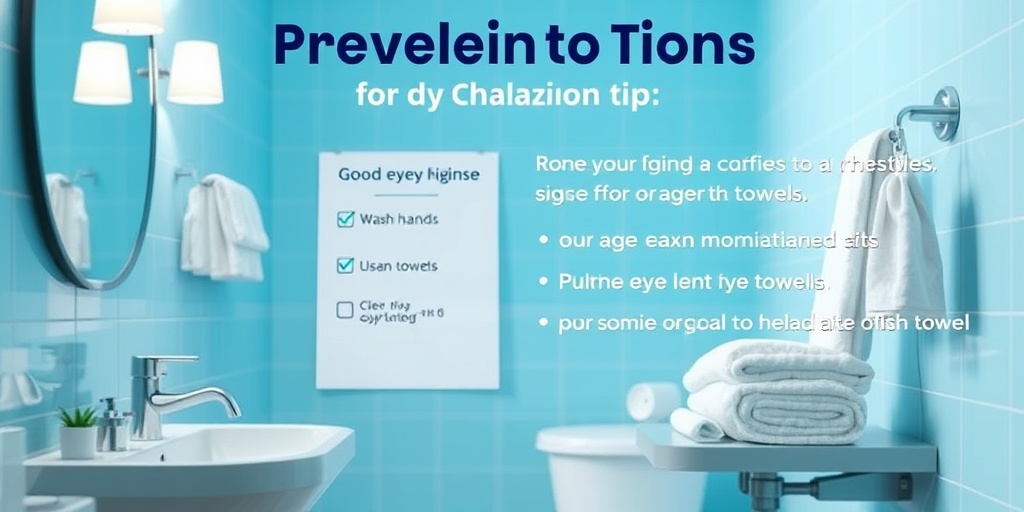
Frequently Asked Questions about Chalazion
What is a Chalazion?
A chalazion is a small, painless lump that forms on the eyelid due to a blocked oil gland. It can develop after a stye or may occur independently. Unlike a stye, which is usually painful and caused by an infection, a chalazion is typically not associated with discomfort.
How is a Chalazion Different from a Stye?
While both a chalazion and a stye can appear on the eyelid, they have different causes. A stye is an infection of the oil glands, leading to redness and pain, whereas a chalazion is a blockage of the gland without infection. If you’re unsure, consult a healthcare professional for an accurate diagnosis.
What are the Symptoms of a Chalazion?
- Painless lump on the eyelid
- Swelling around the eyelid
- Redness in the affected area
- Blurred vision if the chalazion is large enough to press against the eyeball
How is a Chalazion Treated?
Treatment options for a chalazion may include:
- Warm compresses to help unblock the gland
- Topical medications to reduce inflammation
- In some cases, surgery may be necessary to remove the chalazion if it does not respond to other treatments
Can a Chalazion Be Prevented?
While it may not be possible to prevent a chalazion entirely, maintaining good eyelid hygiene can help reduce the risk. Regularly cleaning your eyelids and avoiding touching your eyes can be beneficial.
Is Chalazion Surgery Safe?
Yes, chalazion surgery is generally considered safe and effective. It is usually performed under local anesthesia, and most patients experience minimal discomfort and a quick recovery time. Always consult with your healthcare provider to discuss the risks and benefits.
How Long Does it Take for a Chalazion to Heal?
The healing time for a chalazion can vary. Many chalazia resolve on their own within a few weeks. If treatment is required, healing may take a bit longer, depending on the method used.
What Should I Do if My Chalazion Doesn’t Go Away?
If your chalazion persists despite home treatment or worsens, it is important to seek medical advice. A healthcare professional can provide further evaluation and recommend appropriate treatment options.
Can I Use Makeup with a Chalazion?
It is advisable to avoid using makeup on the affected eye while you have a chalazion. Makeup can irritate the area and potentially worsen the condition. Once the chalazion has healed, you can resume your normal makeup routine.

